Artificial Intelligence (AI) is the ability of a machine or computer to mimic the human mind’s capabilities. For humans and our worldview, the ability to see with our eyesight is important and sometimes necessary for many interactions in the real world. Image recognition is a technology that equips AI systems with precisely such “eyes” with which machines can perceive their surroundings, recognize objects, make decisions, solve problems or learn from experiences. Let’s take a look at this fascinating field’s characteristics and check why image recognition is a key function of AI?
In the early sixties, the first technologies appeared to recognize characters from text. With the advancement of artificial intelligence in the 1980s, image recognition also grew and has become a vital feature in AI. The success of image recognition results in particular from an extensive range of markets and solutions which it helps every day: medical imaging, industry, augmented reality, remote sensing, and robotics. As a result, the cases of using this technology are numerous and significantly affect the actual development of our entire society. In the following article, we will discuss the most important of them to illustrate the role of image recognition for artificial intelligence. First, however, we will introduce you to the definition of image recognition.
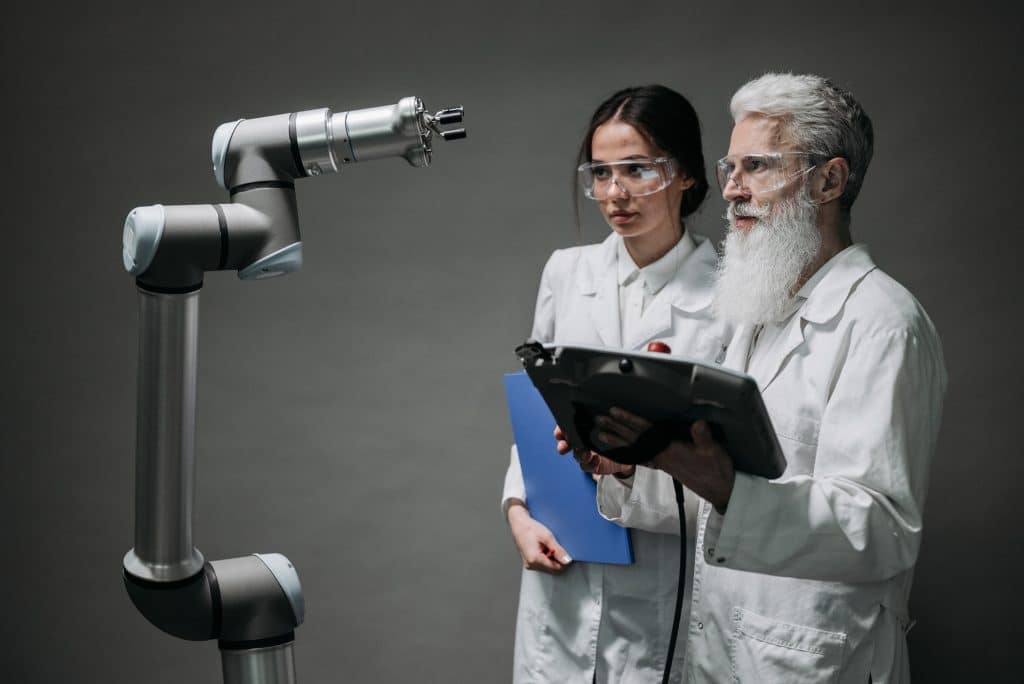
What is image recognition?
Image recognition is a subcategory of computer vision and artificial intelligence and is used to analyze images captured by devices such as cameras. This technique is oriented towards recognizing the content of images or graphics and identifying people, places, symbols, texts, or actions presented in photos or pictures. This field of knowledge is very complicated because it requires teaching computers to recognize an image, understand it and process the information obtained. However, from the point of view of artificial intelligence, image recognition is significant because images usually serve as sensory inputs to solve various problems. Therefore, many research centers and companies are working hard to improve the performance of image recognition algorithms so that the capabilities of computers in the AI category match the functioning of the human eyes and the brain’s ability to process and analyze the images seen.
Here you can find more information about image recognition: Aaddepto
Image recognition in theory and practice
In theory, image recognition is based on deep learning, a subcategory of Machine Learning. It is a set of automatic learning techniques and technologies based on artificial neural networks that map to the natural human neural networks. Networks consist of several layers of neurons that can influence each other, allowing image recognition algorithms to recognize objects in the image.
From a practical point of view, for the neural networks of computers to identify and recognize individual objects or persons in an image, it is necessary to have one or more things in the picture, and the algorithms have to be trained. Our minds learn in the same way. Experts teach artificial neural networks to recognize objects by showing them various examples. For this purpose, specialists create appropriate data sets that constitute the training base. After completing the training, the algorithm can assign a proper class to visible objects, indicate whether the desired element is present on the picture or video, and make predictions based on the image analysis.
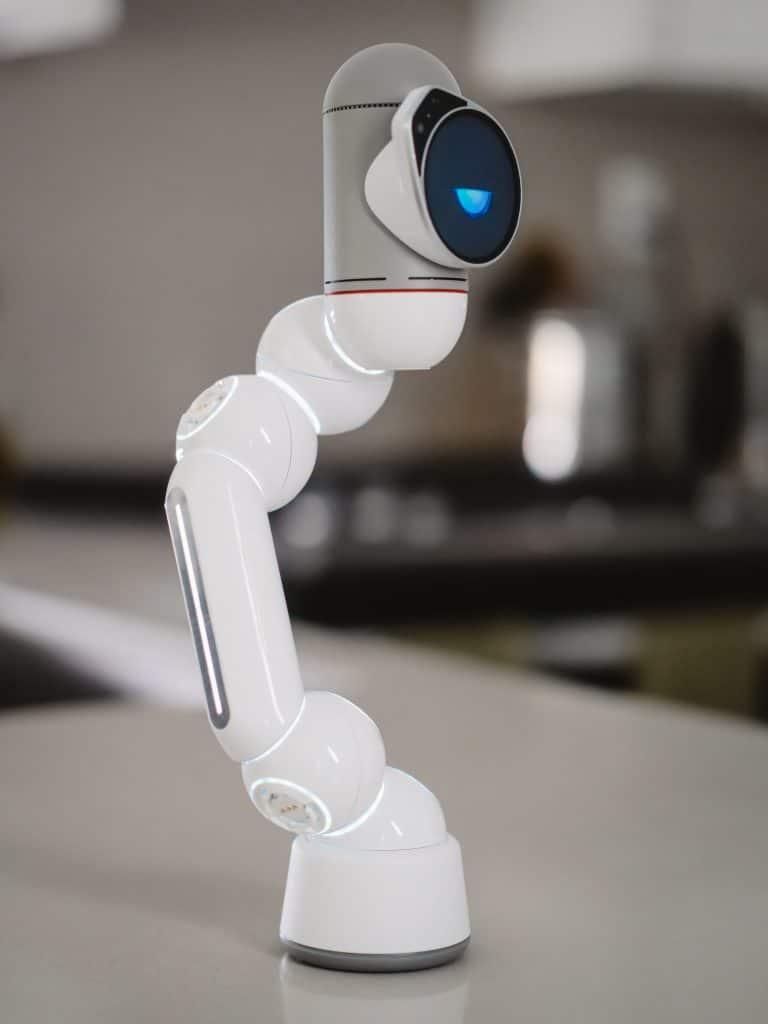
The role of image recognition in AI
Today we notice that there is not just one use of image recognition. There are already thousands of them. Thanks to AI and the image recognition system or platform, it is possible to automate many processes and increase the productivity of many organizations. It is especially desirable in business. However, it is not the only our lives area to take advantage of this technology’s opportunities.
ROBOTICS
Robotics is an industry where image recognition is intensively implemented. Providing robots with high-performance visual capabilities is to make these modern machines autonomous. This advancement opens up new perspectives in the manufacturing industry where robots will recognize parts without prior programming and then properly grasp and assemble them with greater precision and speed than humans.
VIDEO SURVEILLANCE AND SECURITY
Companies from the security industry increasingly use this advanced technology. Thanks to intelligent video monitoring systems based on image recognition, the algorithm can signal any unusual behavior or situation in the protected area, increasing the effectiveness of the intervention and minimizing the risk of burglaries. Moreover, the camera control system should distinguish an intruder from a passing animal. By recognizing and classifying an image, we can achieve this.
TRANSPORTATION
An autonomous car must consider its surroundings; it must recognize the path or road on which it is driving obstacles, analyze the movement of other vehicles or pedestrians on the road, and identify road signs. All of this is a visual input that needs to be recognized. The car should also be able to perfectly perceive its surroundings and anticipate any sudden change in conditions in which it operates. Without image recognition, an autonomous vehicle would not be possible.
QUALITY CONTROL
Image recognition also enables quality control automation solutions. In telecommunication, for example, many technicians encounter problems connecting equipment to the optical fiber in practice. Technicians can use an image recognition system to identify the issues and control their installations. The diagnosis can be made based on the photographed situation thanks to AI; the diagnosis obtained is immediate and reliable.

MEDICINE
Medicine, and in particular the diagnosis of diseases, is an area in which image recognition is very often used. Image analysis enables the identification of rare diseases with specific symptoms in real-time. For example, thanks to solutions such as the HoloLens helmet, it is possible to detect potential pancreatic cancer with a smartphone camera or to determine the presence of melanoma with a very high probability of reliability. Medical imaging is also often combined with AI, deep learning, and image recognition to support the study of heart and circulatory diseases.
Additionally, companies such as novarad.net modernize and revolutionize medical imaging, by designing products that improve the experience of healthcare providers and their patients with the help of various software products.
Image recognition supports the development of AI
Thanks to the development of image recognition technology, AI systems will be able to respond to visual stimuli from the outside world and, on their basis, take appropriate actions that would otherwise require human activity, such as driving a car or picking up a suitable object. There is no doubt that the world will be increasingly dependent on artificial intelligence, and image recognition by equipping AI systems with “eyes” opens up new opportunities for them.
In a world where the visual part is increasingly essential, image recognition technology seems to be the perfect answer to any problems, barriers, or abuse. In addition, thanks to image recognition, companies and organizations can increase their productivity by automating specific business procedures and thus increasing their competitiveness.

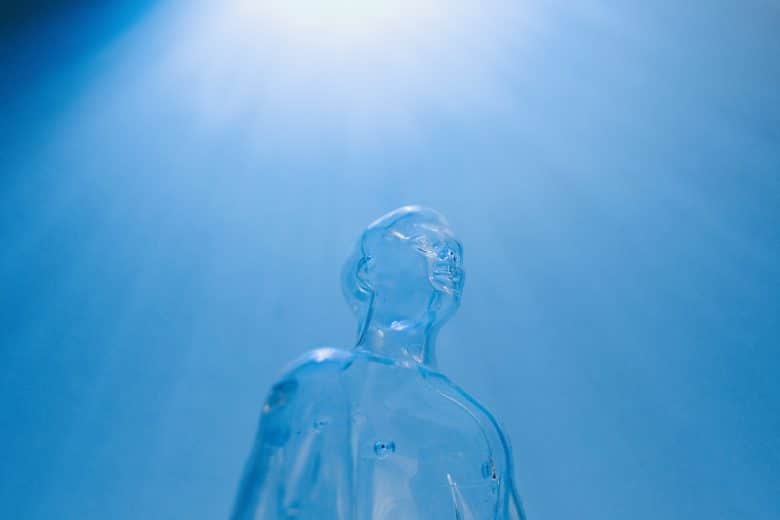









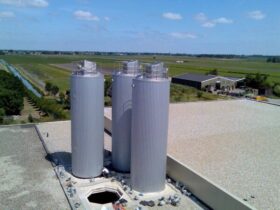

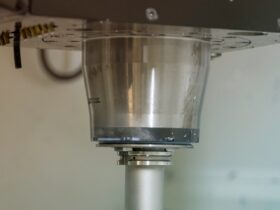
Leave a Reply